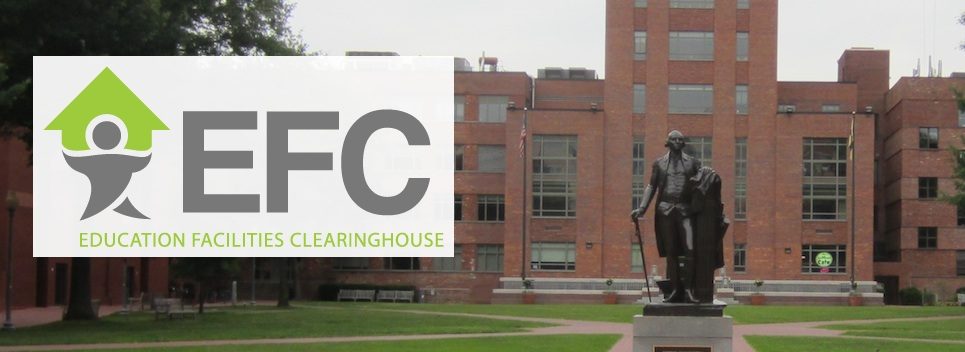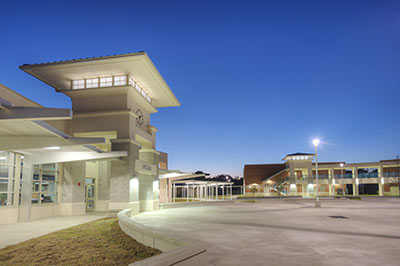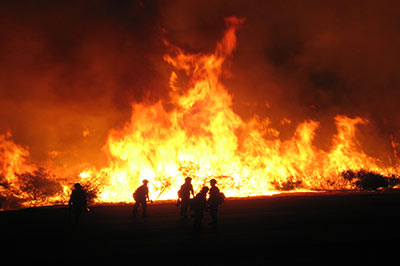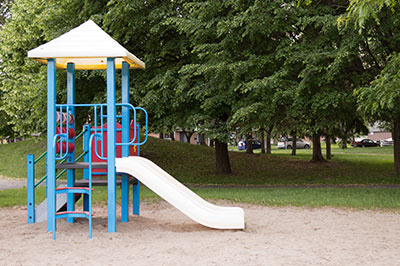Howard, A. W., Macarthur, R., Rothman, L., Willian, A., & Macpherson, A. K. (2009). 6 (12)
The risk of playground injuries, especially fractures, is prevalent in children, and can result in emergency room treatment and hospital admissions. Fall height and surface area are major determinants of playground fall injury risk. The primary objective was to determine if there was a difference in playground upper extremity fracture rates in school playgrounds with wood fibre surfacing versus granite sand surfacing. Secondary objectives were to determine if there were differences in overall playground injury rates or in head injury rates in school playgrounds with wood fibre surfacing compared to school playgrounds with granite sand surfacing. Creative Commons Attribution License: http://creativecommons.org/licenses/by/2.5/
http://www.plosmedicine.org/article/info%3Adoi%2F10.1371%2Fjournal.pmed.1000195











